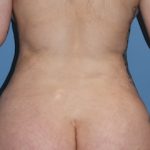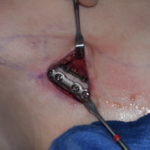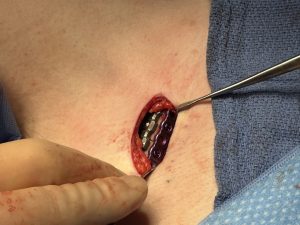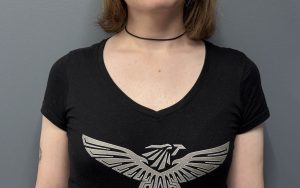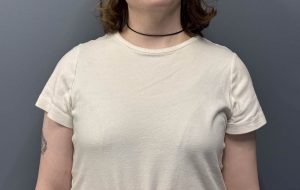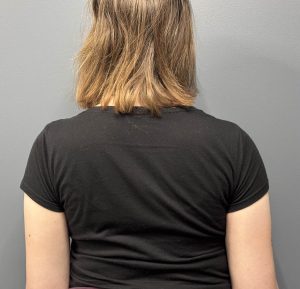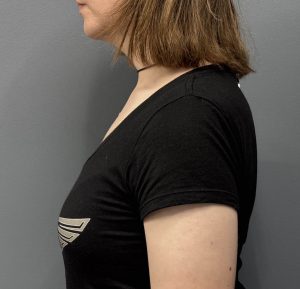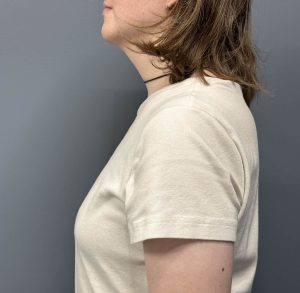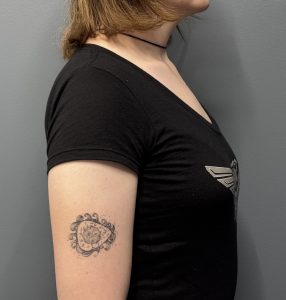Background: The diversity in body size and stature of patients presenting for shoulder reduction is quite considerable. I have done the surgery on patients with heights from 5 feet to 6’4″ tall. While the thickness and length of the clavicle may differ the technical execution of the surgery is the same and aesthetic outcomes are generally very favorable. There is some length differences in the amount of clavicle bone removed based on the patient’s height but that does not deter from a good shoulder shape reduction.
While the morphology of the clavicle does change based on patient’s height and weight the bone removal does pull the shoulder inward in an anterior and inferior direction. Such a shoulder movement always raises the concern that there may be some permanent rolling in of its appearance. Anatomically the outer end of the clavicle sits higher and more backward than its articulation with the sternum which is what creates this angular movement as the bone is shortened. While the rolling in effect is usually an undesired shoulder shape change of all the clavicle reduction surgery I have done I have never seen that affect on a permanent basis.
One anatomic aspect of removing bone from the clavicle, regardless of how much it’s length is reduced, is the size difference between the two cut ends when brought together. The end of the outer segment is usually about 2/3 the diameter of the inner segment. This is often not appreciated been looking at pictures of the plate fixation of the reapposed ends because the upper edges of the clavicle bones are brought together in a smooth fashion. However, it takes looking on the underside of the fixation site to see their size differences. These size differences do not appear to have any negative effect on healing. But it does make one wonder if this would be a weak point in the bone in the long term if the fixation plate was removed. At this point in time that issue is unknown is very few patients to my knowledge have ever asked to remove their hardware. Upset
Case Study: This tall female (6’ 1”) desired a reduction of her broad shoulders. She had a bideltoid distance of 53cms with a clavicle length of 17 cms per side.
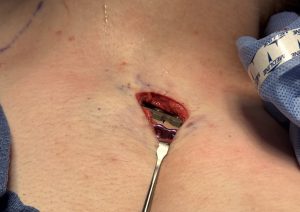
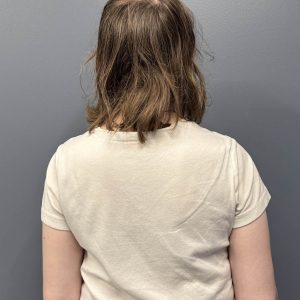
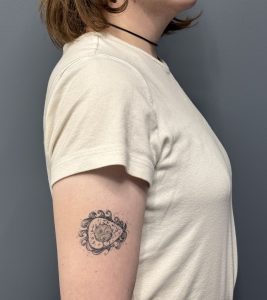
Rolling in of the shoulders could certainly occur if the clavicle length was shortened enough. Studies have shown that such length reduction has to be 30% or greater of the original clavicle length. As this case illustrates a 2.5cm bone removal is about 15% of its length so no anterior shoulder translocation would occur.
Key Points:
1) Taller patients (6’ or taller) pose no greater challenges or different outcomes than shorter patients for shoulder reduction surgery.
2) Even though the clavicle is an angled bone shortening of its length does not cause any appreciable anterior rotation of the shoulders. (rolling in)
3) Every clavicle reduction creates a mismatch in size between the two reapposed ends.
Dr. Barry Eppley
World-Renowned Plastic Surgeon

